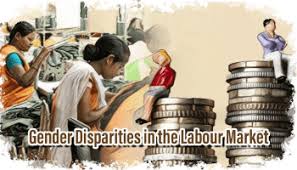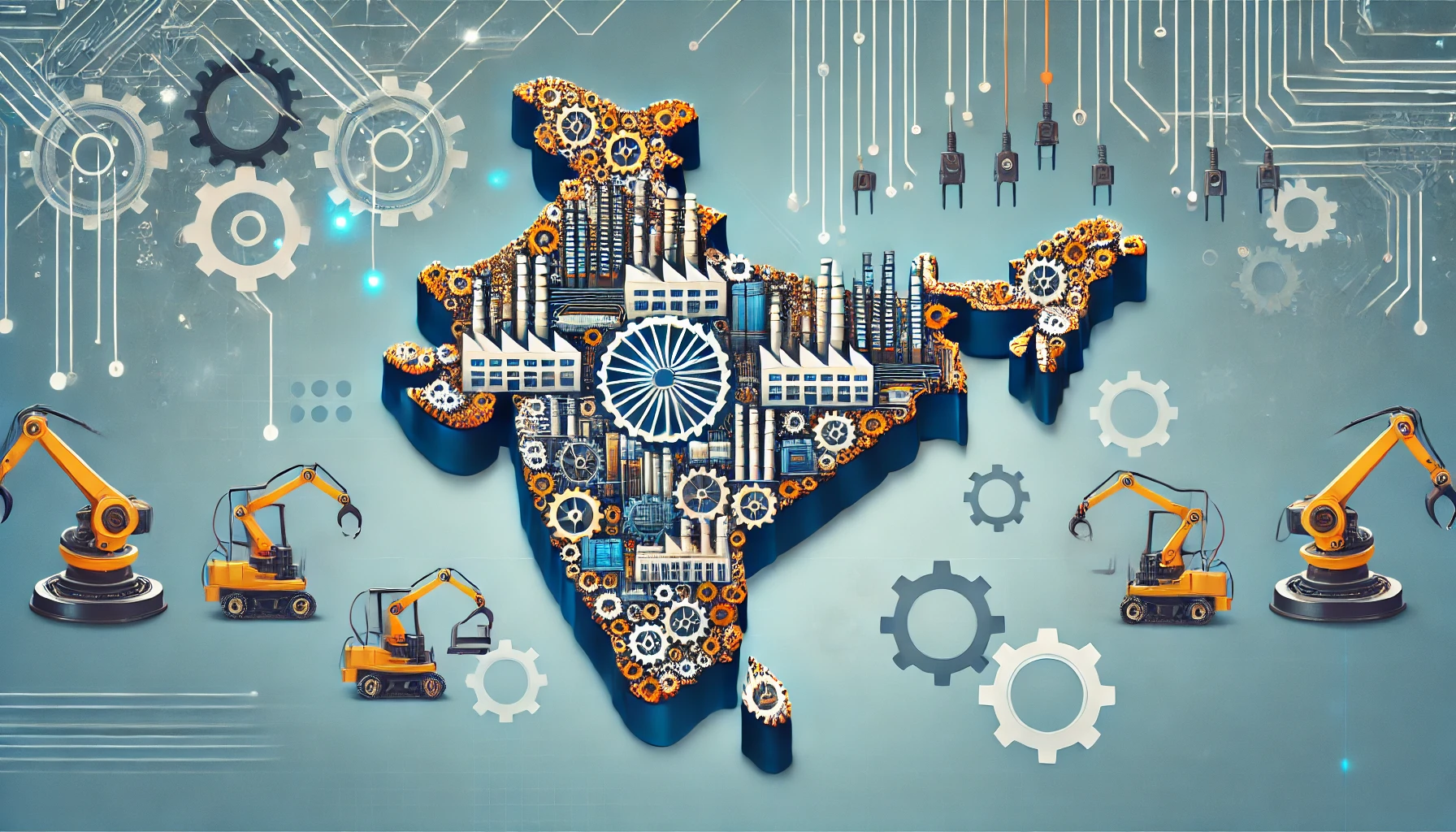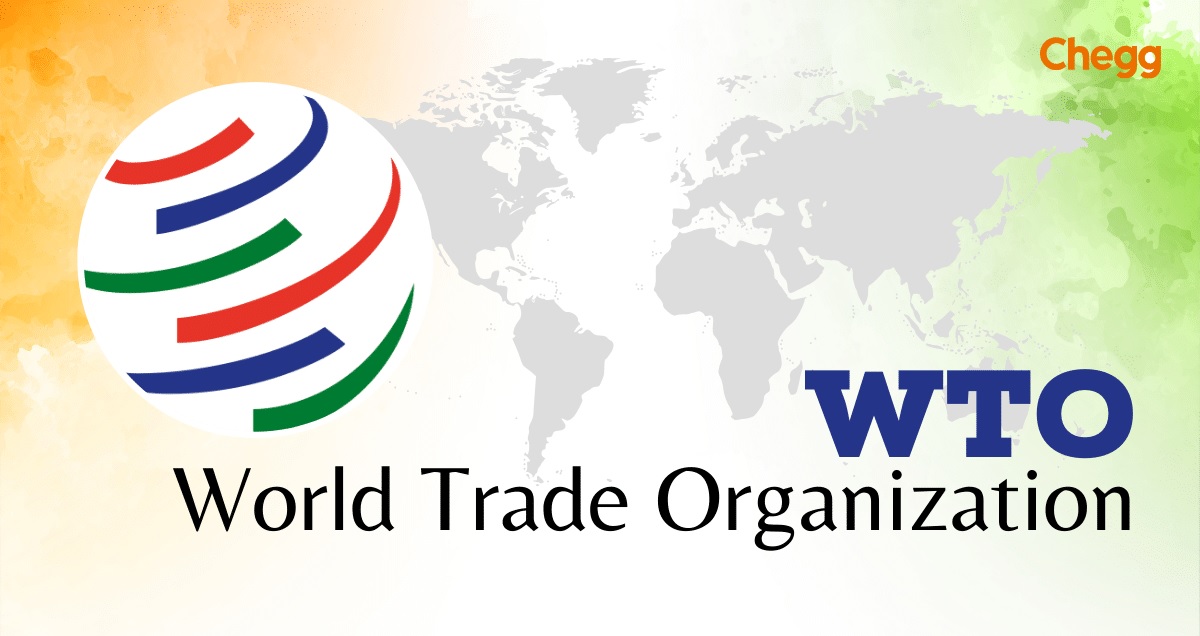The Hindu : Page 08
Syllabus : GS: 3 : Indian Economy – Issues relating to development and employment.

Context
- The Lokniti-CSDS pre-poll survey and the India Employment Report (IER) 2024 highlighted significant employment challenges in India, particularly rising unemployment and underemployment.
- Despite a low female labour force participation rate (LFPR), recent trends show an increase, presenting opportunities for targeted employment generation and economic empowerment for women.
Introduction
- The difficulty in getting jobs and inflation were significant issues affecting the results of the Lok Sabha Elections 2024.
- The Lokniti-CSDS pre-poll survey highlighted these concerns.
- The India Employment Report (IER) 2024, published by the Institute for Human Development and the International Labour Organization, provided detailed employment statistics.
What is Female Labour Force Participation Rate (FLFPR)?
- Female Labour Force Participation Rate is a ratio of the number of women who are part of the labour force to the number of women in the working age (greater than 15 years of age).
- A woman is considered to be a part of the labour force if she/he is either employed or actively looking for work.
Trends in Female Unemployment
- Rural-Urban Disparities in LFPR: Unemployment rose from a little over 2% in 2000 and 2012 to 5.8% in 2019.
o It slightly decreased to 4.1% in 2022, though time-related underemployment was high at 7.5%.
o The labour force participation rate (LFPR) fell from 61.6% in 2000 to 49.8% in 2018 but recovered halfway to 55.2% in 2022.
- Impact of Traditional Occupations: Many women prefer traditional occupations like bandhani and embroidery due to flexibility and the ability to work from home. This choice is influenced by societal norms and the perceived security of these roles, despite lower incomes compared to other opportunities.
- Role of Policy and Self-Help Groups (SHGs): Initiatives like SHGs and federations have supported women in traditional occupations by providing skill training and market linkages. These efforts aim to enhance earnings and empower women economically within their local contexts.
Barriers and Opportunities to Female Employment
- Barriers in Urban Employment: Urban areas present challenges such as limited gainful employment options for women outside traditional roles. This is compounded by gendered expectations and access to capital, which restricts entrepreneurial ventures among women.
- Need for Comprehensive Policies: Public policy should focus on enhancing women's access to resources like water and markets in rural areas to support agriculture and allied activities. In urban settings, mandated facilities like toilets and crèches in workplaces are crucial to improve working conditions.
- Economic Empowerment and Family Welfare: Women's economic participation not only contributes to family income but also enhances their status within the household. Studies have shown that women's earnings increase resilience during economic downturns, such as the COVID-19 pandemic.
Policy Recommendations
- Collectivization and Market Access: Collective efforts through SHGs and federations can amplify the impact of economic interventions for women. These platforms enable collective bargaining, skill development, and access to larger markets, thereby enhancing economic outcomes.
- Creating Enabling Environments: Developing a conducive work environment with safety measures and essential facilities is critical to encourage more women to enter and stay in the workforce. This includes provisions for safe workplaces, adequate sanitation facilities, and childcare support.
Conclusion
- A focused strategy on improving female LFPR can enhance overall employment and family income.
- Empowering women through better access to resources, markets, and improved work environments is essential.
- Policies should support both rural and urban women by addressing specific needs and promoting economic activities through SHGs and federations.
Key Terms
- Labour Force Participation Rate (LFPR):
o LFPR is the percentage of the working-age population (aged 15 years and above) that is either employed or unemployed, but willing and looking for employment.
- Worker Population Ratio (WPR):
o WPR is defined as the percentage of employed persons in the population.
o UR is defined as the percentage of persons unemployed among the persons in the labour force.
o The activity status of a person is determined on the basis of the activities pursued by the person during the specified reference period. When the activity status is determined on the basis of the reference period of the last 365 days preceding the date of the survey, it is known as the usual activity status of the person.
o Types of Activity Status:
- Principal Activity Status (PS): The activity status on which a person spent a relatively long time (major time criterion) during 365 days preceding the date of the survey, was considered the usual principal activity status of the person.
- Subsidiary Economic Activity Status (SS): The activity status in which a person in addition to his/her usual principal status, performs some economic activity for 30 days or more for the reference period of 365 days preceding the date of survey, was considered the subsidiary economic activity status of the person.
- Current Weekly Status (CWS): The activity status determined on the basis of a reference period of the last 7 days preceding the date of the survey is known as the current weekly status (CWS) of the person.
What are the Types of Unemployment?

What are the reasons for low Female Labour Force Participation rate in India?
- High Degree of Informalisation– According to a 2018 study by the International Labour Organisation (ILO), more than 95% of India’s working women are informal workers. The absence of social security net in the informal sector discourages women from participating in the labour force.
- Missing manufacturing- Lack of alternative employment opportunities in manufacturing and the limited number of jobs in services for women, has also suppressed FLFPR in India.
- Gender Pay Gap and Glass ceiling- According to the Economic Survey 2018, India has one of the largest gender gap in median earnings of full-time employees. Such discriminatory practices at workplace adversely affects FLFPR.
- Pink Jobs- The societal notions about ‘gendered occupations’ limit the role of women to specific job profiles like nursing, teaching, gynaecologist etc. There are tangible and intangible barriers to entry of women in multiple professions like heavy engineering, law enforcement, armed forces etc.
- Cultural practices- Unpaid care, child care and domestic chores, has hindered women’s ability to participate in the labour force. In a patriarchal society, many women are not allowed to work after marriage.
- Increase in Household Income- The rise in household incomes in both the rural and urban areas has provided women the choice to not take up jobs.
- Safety Concerns- High incidents of violence against women discourages women to work in the night like their male counterparts. Further, instances of sexual harassment at workplace induces women to opt out of labour force.
- Educated Unemployment- Women are going for higher education, as seen in Gross Enrolment Ratio (GER) of secondary education. The lack of availability of jobs that match the high female education levels also contributes to the low FLFPR.
- Legally sanctioned restrictions- Many States continue to restrict women’s participation in hazardous jobs in factories and commercial establishments. For ex- women are not allowed to work on stone-cutting machines, shop floor of boilers, etc.
- Political Vacuum- The current Lok Sabha has only 14.4% women, despite women constituting around 50% of Indian population. The lack of gender perspectives inhibits formulation of a comprehensive policy that encourages women participation in economic activities.
What is the significance of enhancing Female Labour Force Participation?
- Economic Boost- According to the IMF, gender parity in the workforce can improve India’s GDP by 27%.
- Tackling poverty- It helps to tackle the phenomenon of feminisation of poverty, which is a result of highly informalised work performed by women.
- Improvement in Social Indicators- Encouraging more women to enter the formal workforce will improve indicators like Infant Mortality Rate (IMR), Maternal Mortality Rate (MMR).
- Self Confidence and Dignity- Financial independence enables women to play a greater role in decision-making like family planning.
- Global Commitments- Improving FLFPR is related to achievements of SDG 1 (No Poverty), SDG 5 (Gender Equality), SDG 8 (Decent Work and Economic Growth) and SDG 10 (Reduced inequalities).
What are the Government Schemes Related to Women Empowerment?
1. Beti Bachao Beti Padhao Scheme
2. One Stop Centre Scheme
3. SWADHAR Greh
4. NARI SHAKTI PURASKAR
5. Mahila police Volunteers
6. Mahila Shakti Kendras (MSK)
7. NIRBHAYA Fund.








